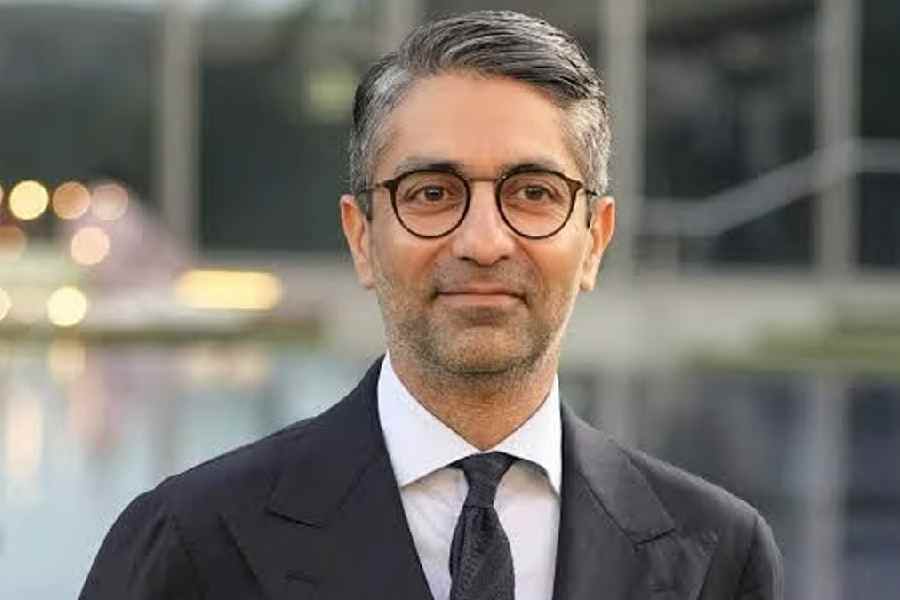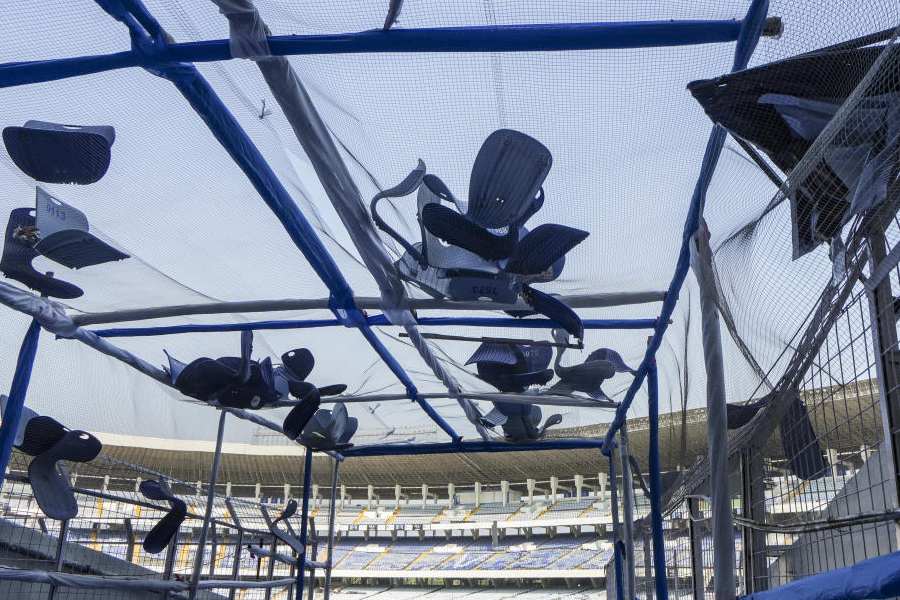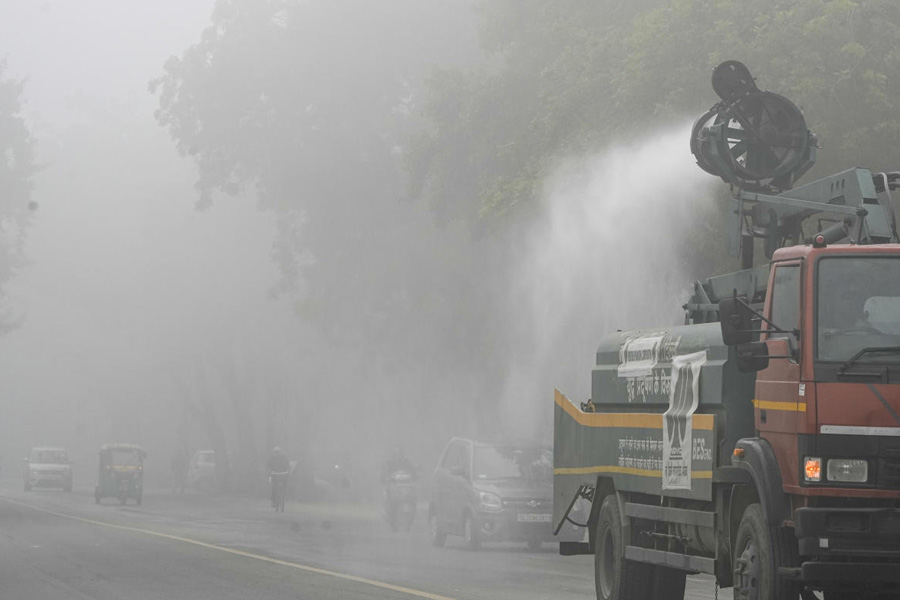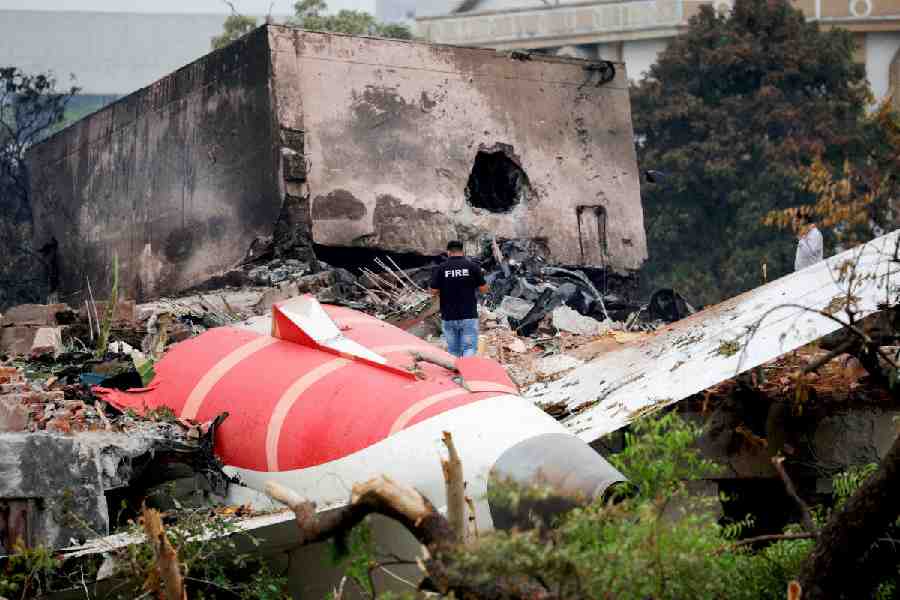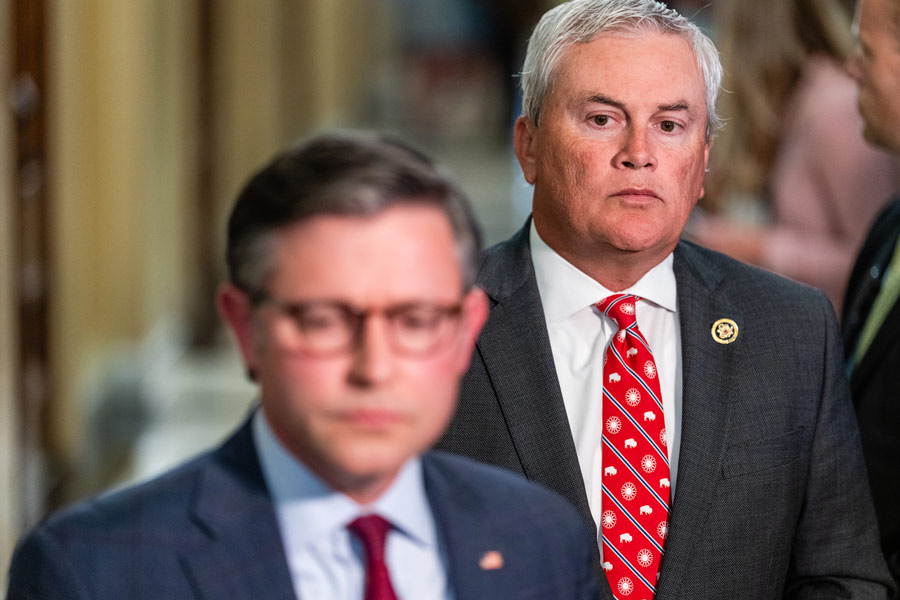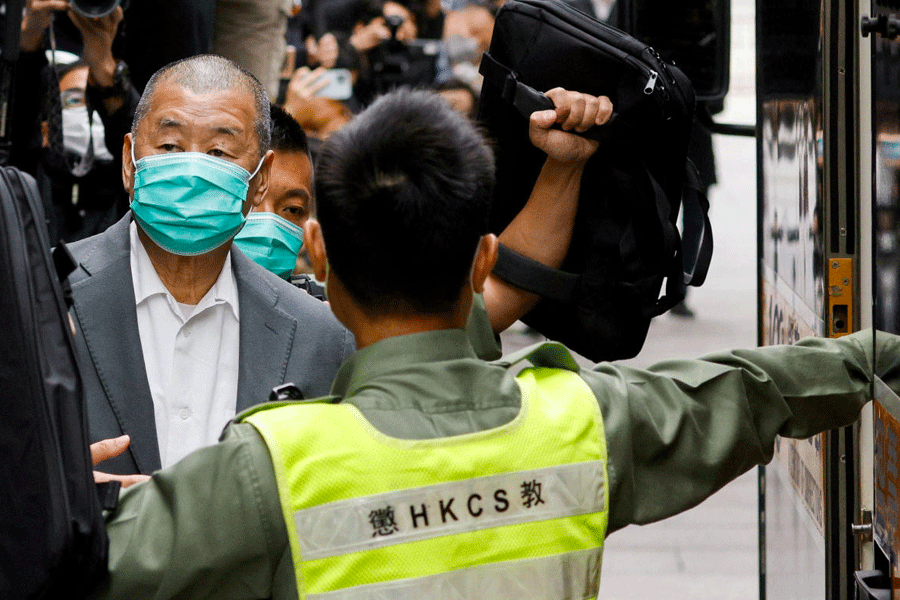 |
At first look, the Viswapriya office — located in a Chennai suburb — looks like a house that’s been lying locked for years. The paint is peeling, cobwebs decorate the window panes and a pile of worn files stands stacked in a corner. It’s only when you check the address with a security guard sitting behind a small table at the entrance gate that you realise you are at the right place.
The picture doesn’t quite fit. After all, the company’s flagship brand, Subhiksha — a novel, no-frills, neighbourhood convenience store chain that claims to sell goods at rock bottom prices — has taken India’s retail market by storm. It pioneered the concept of small-store retail in the country and has Reliance and even, reportedly, Wal-Mart, sitting up and taking notice.
But first impressions aren’t always the last. Subhiksha Trading Services’ managing director R. Subramanian looks every bit the achiever he is as he walks purposefully into his office’s a-bit-tight-squeeze conference room. Subramanian is dressed in crisp formals, carries two snazzy cell phones and oozes confidence.
Subramanian’s not into long-drawn introductions. A quick handshake and the 40-year-old MD — with a hint of a belly and salt-and-pepper hair — is settled into his chair and talking shop.
Clearly, Subramanian runs his company with equal single-mindedness. When he launched Subhiksha a decade ago, the industry sniggered and wrote it off as a concept that hadn’t worked anywhere in the world. Customers cynically wondered what the catch behind the low prices was. Small mom-and-pop stores went on the war path, fearing they would lose their livelihood. And pharmacists threatened boycott, because Subhiksha sells medicines at a 10 per cent discount.
“Everyone rubbished the concept,” says Subramanian. “But my idea was that a supermarket is not like a sari shop, where people need air-conditioning and designer lighting to hang around for hours. The consumer wants value. And they come, buy and leave,” he adds.
Subramanian continued to expand Subhiksha regardless of the opposition. And when trader bodies acted tough, he went to court. Today, the retail chain has carpet-bombed 108 Indian cities with its outlets. The company has 720 stores and plans to have 1,000 stores by September this year. “We are entering Calcutta and select cities in Kerala and Madhya Pradesh,” says Subramanian. Last year, it posted a turnover of Rs 800 crore.
Electricity is playing hooky and the office air-conditioning comes and goes. But Chennai’s sultry weather causes no sweat to Subramanian. He just leans back in his chair and, with his eyes closed, talks Subhiksha, Subhiksha and Subhiksha. He speaks fast — almost in a monologue — and seems to think fast too, as he rattles off turnover figures faster than you can jot them down.
Subramanian’s tone may be deadpan, but he talks tough. Small retailers across India have been accusing organised retail chains of driving them out of business. But their emotionally-charged rhetoric gives no guilt pangs to Subramanian. “The small shop owners won’t starve and commit suicide. Their shop is their biggest asset. They’ll put it to other use,” he says.
Subramanian’s logic is simple. He believes all progress brings some pain to some people. “Nobody sat on strikes when the auto-rickshaw replaced the hand rickshaw. So why now,” he asks.
Small store owners may as well call off their protest plans against Subhiksha. For the managing director says he’s having “total fun” in a no-holds-barred fight with trader associations and pharmacist bodies across India.
When chemists in Delhi, Bangalore, Pune and Chandigarh threatened to boycott Subhiksha, Subramanian went to the Supreme Court. He got a ruling in his favour in 1999. When a trader association in Chennai called for a protest last year, Subramanian turned the tables on them. The association printed a pamphlet, urging shop owners to down their shutters for a day. The pamphlet said Subhiksha’s prices were lower than those at other shops, and this was adversely affecting business.
The next morning all Chennai newspapers carried a large-spread Subhiksha advertisement with the trader association’s pamphlet printed on it. The copy read: “Even our opponents agree that our prices are the lowest.” Subramanian guffaws as he narrates the incident.
Subramanian’s idea of fun has always been different from the usual. As a student, although he went to the Indian Institute of Technology (IIT), Chennai — “like all Tam Bram boys” — he realised early that he wasn’t cut out for software jobs and dollar dreams. “I was interested in economics and entrepreneurship,” he says. “I was always a non-conformist,” he says. He’s also anti-establishment, he claims. “I never go clubbing or play golf to network,” says Subramanian, who loves his curd-rice and Sundays spent at home.
After IIT, he joined the Indian Institute of Management (IIM), Ahmedabad. On graduating from IIM, he landed a plum job at Citibank’s investment banking department. But the rebel in him wouldn’t settle for such a cozy deal. He left the job in 15 days. “Citibank can clutch you into complacency by doling out free loans and credit cards. I had to get out, and fast,” says Subramanian. Anyway, those were the pre-economic-boom days and all companies paid a pittance. “So it didn’t matter where you worked,” reasons Subramanian.
Though his parents protested, Subramanian went ahead and joined Enfield Motors, a sick, Chennai-based motorcycle manufacturing company which had been driven to the ground by the onslaught of the Suzukis and the Yamahas. For two years, he learnt the ropes of the manufacturing industry. Then, the entrepreneurial bug bit.
When Subramanian was putting in his papers, his boss, Enfield chairman S. Viswanathan asked him where he would get the money to do business. “I told him that he knew how much he paid me and that I didn’t have any money,” recalls Subramanian. Honesty, indeed, is the best policy. Viswanathan agreed to fund Subramanian’s business venture.
Launched in 1991, Subramanian’s company, Viswapriya, dabbled in asset securitisation and then IPO financing for six years. “When you are jobless and penniless, you think of different things to do,” says Subramanian. A modest statement — for both went on to become big business ideas, which were replicated by many major banks.
Subramanian is similarly modest about his foray into the retail market in 1997. He says the only logic behind entering retail was that the Indian capital market had collapsed and the company’s IPO business had slowed. It helped that there were no organised players in the industry and it required low investment. “It wasn’t like I was setting up a steel plant,” he says.
A steel plant would probably not have put Subramanian in the spotlight the way Subhiksha did. The retail chain concept is suddenly becoming big in India. Reliance has started its chain of Reliance Fresh stores across the country. “Wal-Mart reportedly plans to enter the market with small stores,” says Subramanian.
Far from fearing competition, Subramanian is thrilled that the concept is being copied — even by seasoned players. Imitation, for him, is the best kind of flattery. “Reliance Fresh has even used Subhiksha’s red-and-green colour combination in its logo,” says the delighted MD.
But Subramanian feels there is place for all in the retail market. “As the Indian middle class grows, there is space for plenty of retail players in the market,” he says. He adds that no one retailer can change the face of retailing in India .
Subramanian knows the downside of small retailing. “It’s a low margin, tough business,” he says. And the entrepreneur is not sitting on his laurels. As the company bombards the country with stores, it has launched a simultaneous ad blitz on television. Subramanian says the Subhiksha ad — which shows a determined horde of people marching to a Subhiksha store, chanting, ‘ Bachat hamara adhikar hai’ — is meant to shake people into accepting the brand. “The local kirana store has dulled the consumer into complacency. If we have to make a change, we need to shake up the consumer,” he says.
By this time, Subramanian is sitting up in his chair and animatedly discussing his vision. So when you ask him what he does besides work, he almost begins to wonder. “I get very little time away from work,” says the MD, who works 12 hours a day, six days a week.
When he’s not working, and when his 18-month-old daughter is awake, Subramanian likes to spend time with her. He used to have a large circle of friends in college. “But now I only bump into them at airports and offices,” he says.
It’s not an exaggeration. As the meeting ends, he walks out of the conference room — and into an adjacent hall where some people have been waiting to meet him. Subramanian is back to business.


